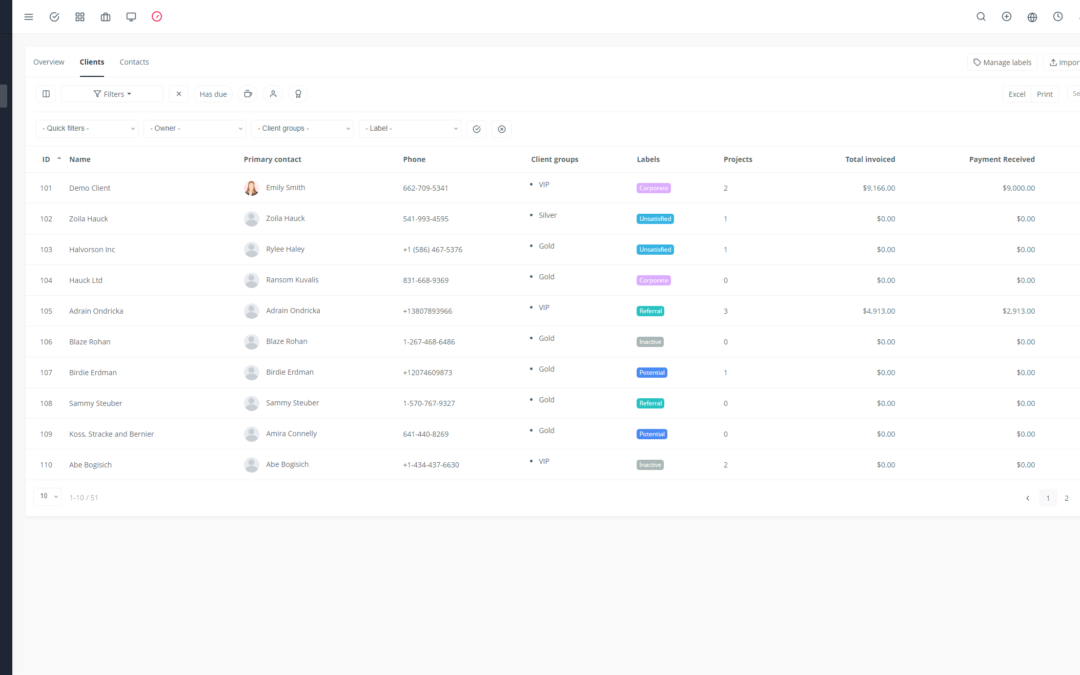In today’s digital landscape, online payments have become the norm. This means businesses are managing an increasing amount of sensitive financial data, exposing them to significant risks. This is where Payment GRC comes in.
Defining Payment GRC
Payment GRC, or Payment Risk and Compliance Management, refers to the set of strategies, policies, and procedures implemented to protect a company’s financial data and transactions from payment-related threats and risks.
Importance of Payment GRC
Effective Payment GRC is essential to ensure the security of your company’s financial data and operations. It safeguards you against financial losses, reputational damage, and legal liabilities.
Key Payment Risks
Payment-related risks are numerous and varied. Here are some of the most important:
Fraud and Data Theft: Cybercriminals are constantly seeking to steal sensitive financial information.
Regulatory Non-Compliance: Regulations regarding data security and financial information protection are constantly evolving.
Revenue and Customer Loss: Fraud and security breaches can result in revenue loss and decreased customer trust.
Reputational Damage: A data breach can severely harm your company’s reputation.
Key Elements of Effective Payment GRC
Effective Payment GRC relies on several key elements:
Risk and Threat Assessment: Identify potential threats and their impact on your business.
Access and Authentication Controls: Protect access to financial systems and data.
Data and System Security: Implement security measures to protect data and systems from unauthorized access.
Incident and Vulnerability Management: Detect and manage security incidents quickly and effectively.
Staff Awareness and Training: Train employees on best security practices and incident response procedures.
Benefits of Implementing Payment GRC
Implementing Payment GRC offers numerous benefits:
Risk and Loss Reduction: Protect your business against fraud, data theft, and other threats.
Enhanced Security and Trust: Increase the security level of your systems and gain customer trust.
Compliance with Regulations and Standards: Stay compliant with applicable regulations and industry standards.
Time and Efficiency Gains: Streamline payment processes and reduce waiting times.
Improved Reputation and Brand: Strengthen your company’s trust and reputation.
Examples of Payment GRC in Action
Many businesses implement effective Payment GRC to protect their financial operations. Here are a few examples:
Using Two-Factor Authentication: Require users to enter a password and a unique authentication code to access their accounts.
Data Encryption: Protect sensitive data by encrypting it during transmission and storage.
Transaction Monitoring: Monitor transactions to detect suspicious activity and attempted fraud.
Staff Training: Train employees on best security practices and incident response procedures.
Conclusion
Implementing a robust Payment GRC is essential for businesses handling sensitive financial data. By investing in effective Payment GRC, you can reduce risks, enhance security, gain customer trust, and protect your business from financial threats. 🔒

